The P2124 from Picotest lets you inject modulation signals onto your board’s power rails for noise immunity testing.
All circuits are susceptible to noise on their power rails. That’s why filtering is so important. To test that susceptibility, you need a controlled disturbance where you can adjust amplitude and frequency. That’s where the P2124A High-speed line modulator and probe from Picotest can help.
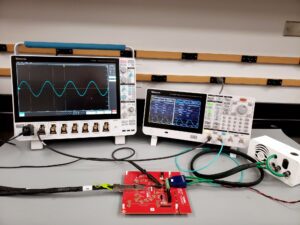
The impetus for designing the P2124A stems from optical modules such as SFP+, QSFPDD/QSFP-DD800/QSFP112 Hardware Specification 6.3 and OSFP Octal Small Form Factor Pluggable Module Rev. 5. Picotest claims that the P2124A exceeds the requirements of these specifications.
To inject a modulating signal on a power source, the P2124A uses GaN-based circuits placed close to a board’s power connector. The short probe pins minimize impedance, keeping it as low as 200 mΩ. See the specification table.

To use the probe injector, connect a power supply (included in the $18,000 purchase price) and a 50 Ω signal source such as a function generator or arbitrary waveform generator to the probe, which will modulate the disturbance signal (40 Hz to 10 MHz) onto the DUT’s power rail. A 4-pin connector at the back end of the probe connects the external power supply and provides tip voltage sense signals for remote sensing. You can then monitor the power with an oscilloscope.
Figure 1 shows the probe attached to a QSPF optical module evaluation board, power supply (off screen), signal source, and the water-cooling unit. The waveform generator shows the modulation signal while the oscilloscope shows the signal at the board. Figure 2 shows a close-up of the probe. You can clearly see the power-supply connector, the signal cable, and the two water lines. Figure 3 shows the probe and water-cooling unit.
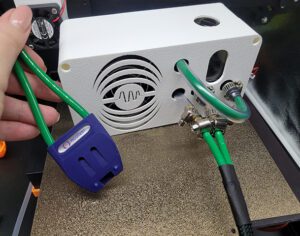
The P2124A is, according to Picotest, the world’s first water-cooled probe. Why water cooling? “We needed to cool the GaN element in the probe head due to the temperature rise caused by the power needed achieve 66 mV at 10 MHz,” Picotest’s Charles Hymowitz told EE World.”
In addition to performing optical module noise-tolerance testing, you can use the P2124A for:
- Power Supply Noise Tolerance Testing
- Power supply rejection ratio (PSRR)
- Power supply modulation ratio (PSMR)
- Power supply signal to noise ratio (PSNR) measurement
- General PSRR/PSMR high power high bandwidth testing
| Specification | Typical |
| Maximum DC input voltage | 7.5 V |
| Peak current | 10 A |
| Maximum continuous current | 6 A |
| Max voltage drop at 6 A | 3.5 V |
| Modulation input impedance | 50 Ω |
| 3 dB frequency response ( 0.6 Ω resistive load) | 30 Hz to 40 MHz |
| Modulation frequency range | 10 Hz to 250 MHz |
| Temperature range | 35°C |
| Maximum altitude | 6000 ft |
| Output impedance at 6 A | 200 m Ω |
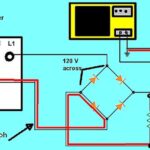
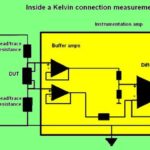
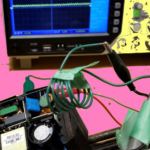

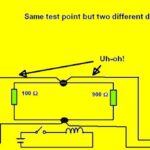

Leave a Reply
You must be logged in to post a comment.